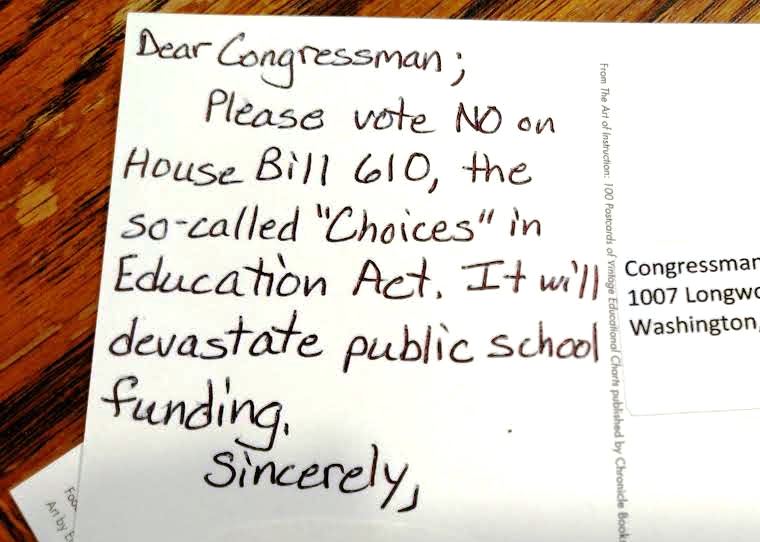Readers, if you haven’t been around long enough to recognize the Daisy Reality Show, here’s a brief introduction.
Daisy (yours truly) hosts a reality show at the O.K. Chorale. The show’s director and her bumbling assistant keep the show on track and provide a running commentary off-screen. This episode “aired” in late summer of 2013, two years before the surprise guest was recruited to become Speaker of the House. Oh, sorry. Was that a spoiler? Well, here goes.
Daisy: I’m baking cookies this afternoon. We have no snack foods worth eating. Well, few snack foods in the house. Peanuts, cashews, the makings for trail mix – that’s it.
Assistant: I see chips. What’s wrong with potato chips?
He had to ask, didn’t he?
Daisy: It’s like Michael Pollan says in his Food Rules: Eat food, not too much, mostly plants. In this case, I’m following his advice that whole foods are better than processed foods and junk food is okay in moderation when I make it myself.
Assistant (pretending to understand): Oh.
Daisy’s cell phone chirps, indicating a text message.
Daisy: Oh, it’s La Petite. She says:
So we were sitting at the fair eating ice cream and I spotted something terrifying — Paul Ryan.
Daisy (Laughing): That’s my daughter, a good progressive young woman! I’ll respond and tell her to run, run fast, run far in the other direction.
Director: Oh, I remember you were a volunteer for Obama last year. Was it really only a year ago?
Daisy (texting): It’s been a very full year. La Petite lives in Paul Ryan’s congressional district, and she took great pleasure in voting against him twice last November.
Assistant: She voted twice? Daisy’s phone chirps again.
Daisy: Here’s the next one!
I was walking towards him to document this with my camera and cousin Doodles, age 2, followed. Her mom was all like, “No, nooooo! Don’t get too close!”
And then, after Daisy responds with “He didn’t try to talk to her, did he? Scary.”
No, I didn’t want to talk to him either, so I stayed my distance. Took a photo of people in line to greet him.
Assistant: Twice? Is that legal?
Daisy: She voted for his opposition in two different races — Congress and Vice President.
Assistant: Oh. Um — never mind. Oh.
Daisy: Back to cookies! Real food for snacks at the O.K. Chorale.
Director: Camera One, zoom in on the cookbook.
Daisy: The recipe is on my blog.
Director: Camera One, zoom in on the laptop on the kitchen counter.
Readers, with the exception of the reality show, this post is entirely true. Cookies can be a good snack, I looked up the recipe on a previous post of Compost Happens, and La Petite really did text me the conversation above. She was mixing work with pleasure by photographing the county fair for the local paper and spending time there with her adorable toddler cousin and family.








